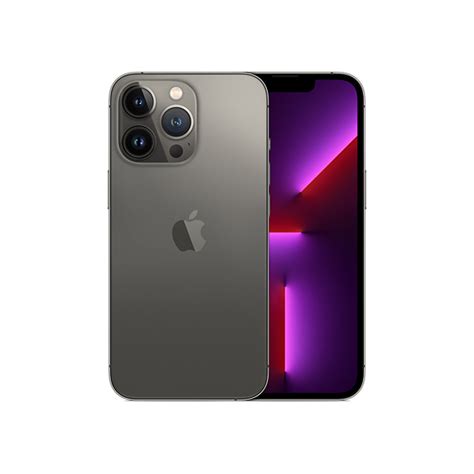Will Your Next iPhone Connect Directly to Starlink?

Okay, here's an article draft following your instructions, focusing on the keyword "iPhone Starlink":
`markdown
Preview: The possibility of iPhones connecting directly to Starlink satellites has sparked excitement and speculation. This article delves into what this connectivity might look like, its potential benefits, the challenges involved, and what it could mean for the future of mobile communication. Is iPhone Starlink a reality or just a dream? Let's explore.
The Buzz Around iPhone Starlink: What's the Deal?
The idea of an iPhone Starlink connection revolves around the possibility of bypassing traditional cellular networks and connecting directly to SpaceX's Starlink satellites. This would potentially offer connectivity in remote areas, improve emergency communication, and even offer a more reliable mobile experience. But how feasible is it?
Why Direct Satellite Connectivity Matters
Traditional mobile networks rely on cell towers, which can be expensive to build and maintain, especially in rural or remote areas. iPhone Starlink aims to solve this, offering connectivity virtually anywhere with a clear view of the sky.
- Increased Coverage: Eliminates "dead zones" where cellular service is unavailable.
- Enhanced Emergency Communication: Provides a lifeline during natural disasters or in areas with limited infrastructure.
- Global Connectivity: Offers seamless internet access while traveling internationally without relying on roaming agreements.
- Accessibility: Brings connectivity to previously unreachable areas.
- Resilience: Provides communication during cell tower outages.
- Cost Savings (potentially): May offer alternative data plans or reduced roaming charges.
- Satellite Bandwidth: Starlink satellites have limited bandwidth, which needs to be efficiently shared among users. Balancing bandwidth for millions of iPhone users is a significant challenge.
- Power Consumption: Communicating directly with satellites requires significantly more power than connecting to a nearby cell tower, potentially impacting battery life. This is a crucial factor for iPhone users.
- Antenna Technology: Current iPhone antennas are not designed to communicate directly with satellites. Significant hardware changes would be necessary.
- Regulatory Approval: SpaceX would need to obtain regulatory approval from various governments to operate a direct-to-device satellite service.
- Emergency SOS: A limited service for sending short text messages in emergencies, similar to what some other satellite phone providers offer.
- Low-Bandwidth Data: Support for basic messaging and email, but not streaming video or high-bandwidth applications.
- Hybrid Approach: Seamless switching between cellular and satellite connectivity based on availability and signal strength.
- AST SpaceMobile: Another company working on satellite-based cellular connectivity.
- Globalstar: Currently provides satellite connectivity for some iPhone emergency features.
Key Benefits of iPhone Starlink integration:
Technical Challenges and Considerations
Integrating iPhone Starlink capabilities presents several technical hurdles:
How Could iPhone Starlink Actually Work?
Several scenarios are being discussed:
Starlink's Direct to Cell Technology
SpaceX is actively developing "Direct to Cell" technology, which aims to provide text, voice, and data services to existing LTE phones. This Starlink innovation is not exclusively for iPhone users but will impact anyone with a compatible mobile device.
Competing Technologies and The Future of Connectivity
The future of mobile communication is likely to involve a combination of terrestrial cellular networks and satellite connectivity. iPhone Starlink, or similar technologies, could play a significant role in bridging the gap and ensuring global connectivity.
FAQ: iPhone Starlink
Q: What is iPhone Starlink?
A: iPhone Starlink refers to the potential integration of SpaceX's Starlink satellite internet service with Apple's iPhone, allowing users to connect to the internet directly through satellites, bypassing traditional cellular networks.
Q: Will my current iPhone work with Starlink?
A: Probably not. Current iPhones are not equipped with the hardware and software necessary to communicate directly with Starlink satellites. Future models would likely require specialized antennas and chips.
Q: What are the benefits of iPhone Starlink?
A: Key benefits include increased coverage in remote areas, enhanced emergency communication capabilities, and potential cost savings on roaming charges.
Q: What are the challenges of making iPhone Starlink a reality?
A: Significant challenges include limited satellite bandwidth, high power consumption, the need for specialized antenna technology, and regulatory hurdles.
Q: When can I expect to have iPhone Starlink connectivity?
A: The timeline for iPhone Starlink availability is uncertain. It depends on technological advancements, regulatory approvals, and SpaceX's deployment of its Direct to Cell technology. Don't expect it next year, but keep your eyes peeled.
Q: Is iPhone Starlink going to be expensive?
A: That remains to be seen. The pricing model for direct-to-satellite connectivity is still unknown.
`





